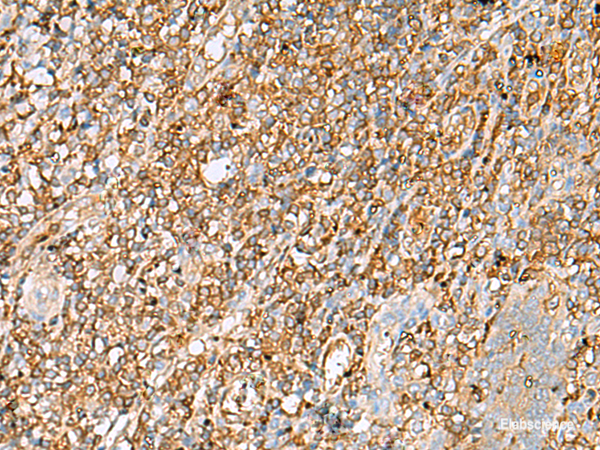Cookie preferences
This website uses cookies, which are necessary for the technical operation of the website and are always set. Other cookies, which increase the comfort when using this website, are used for direct advertising or to facilitate interaction with other websites and social networks, are only set with your consent.
Configuration
Technically required
These cookies are necessary for the basic functions of the shop.
"Allow all cookies" cookie
"Decline all cookies" cookie
CSRF token
Cookie preferences
Currency change
Customer-specific caching
FACT-Finder tracking
Individual prices
Selected shop
Session
Comfort functions
These cookies are used to make the shopping experience even more appealing, for example for the recognition of the visitor.
Note
Show the facebook fanpage in the right blod sidebar
Statistics & Tracking
Affiliate program
Conversion and usertracking via Google Tag Manager
Track device being used
If you have any questions, please use our Contact Form.
You can also order by e-mail: info@biomol.com
Larger quantity required? Request bulk
You can also order by e-mail: info@biomol.com
Larger quantity required? Request bulk
The galectins are a family of beta-galactoside-binding proteins implicated in modulating... more
Product information "Anti-LGALS9"
The galectins are a family of beta-galactoside-binding proteins implicated in modulating cell-cell and cell-matrix interactions. The protein encoded by this gene is an S-type lectin. It is overexpressed in Hodgkin's disease tissue and might participate in the interaction between the H&RS cells with their surrounding cells and might thus play a role in the pathogenesis of this disease and/or its associated immunodeficiency. Multiple alternatively spliced transcript variants have been found for this gene.LGALS9 (Galectin 9) is a Protein Coding gene. Among its related pathways are RET signaling and Innate Immune System. GO annotations related to this gene include signal transducer activity and galactose binding. An important paralog of this gene is LGALS9B. Protein function: Binds galactosides (PubMed:18005988). Has high affinity for the Forssman pentasaccharide (PubMed:18005988). Ligand for HAVCR2/TIM3 (PubMed:16286920). Binding to HAVCR2 induces T-helper type 1 lymphocyte (Th1) death (PubMed:16286920). Also stimulates bactericidal activity in infected macrophages by causing macrophage activation and IL1B secretion which restricts intracellular bacterial growth. Ligand for P4HB, the interaction retains P4HB at the cell surface of Th2 T-helper cells, increasing disulfide reductase activity at the plasma membrane, altering the plasma membrane redox state and enhancing cell migration (PubMed:21670307). Ligand for CD44, the interaction enhances binding of SMAD3 to the FOXP3 promoter, leading to up-regulation of FOXP3 expression and increased induced regulatory T (iTreg) cell stability and suppressive function. Promotes ability of mesenchymal stromal cells to suppress T-cell proliferation (PubMed:23817958). Expands regulatory T-cells and induces cytotoxic T-cell apoptosis following virus infection (PubMed:20209097). Activates ERK1/2 phosphorylation inducing cytokine (IL-6, IL-8, IL-12) and chemokine (CCL2) production in mast and dendritic cells (PubMed:24465902, PubMed:16116184). Inhibits degranulation and induces apoptosis of mast cells (PubMed:24465902). Induces maturation and migration of dendritic cells (PubMed:25754930, PubMed:16116184). Inhibits natural killer (NK) cell function (PubMed:23408620). Can transform NK cell phenotype from peripheral to decidual during pregnancy (PubMed:25578313). Astrocyte derived galectin-9 enhances microglial TNF production. May play a role in thymocyte-epithelial interactions relevant to the biology of the thymus. May provide the molecular basis for urate flux across cell membranes, allowing urate that is formed during purine metabolism to efflux from cells and serving as an electrogenic transporter that plays an important role in renal and gastrointestinal urate excretion. Highly selective to the anion urate. [The UniProt Consortium]
| Keywords: | Anti-Gal-9, Anti-LGALS9, Anti-Ecalectin, Anti-Galectin-9, Anti-Tumor antigen HOM-HD-21, LGALS9 Polyclonal Antibody |
| Supplier: | Elabscience |
| Supplier-Nr: | E-AB-53480 |
Properties
| Application: | IHC, ELISA |
| Antibody Type: | Polyclonal |
| Conjugate: | No |
| Host: | Rabbit |
| Species reactivity: | human, mouse, rat |
| Immunogen: | Synthetic peptide of human LGALS9 |
Database Information
| KEGG ID : | K10093 | Matching products |
| UniProt ID : | O00182 | Matching products |
| Gene ID | GeneID 3965 | Matching products |
Handling & Safety
| Storage: | -20°C |
| Shipping: | 4°C (International: -20°C) |
Caution
Our products are for laboratory research use only: Not for administration to humans!
Our products are for laboratory research use only: Not for administration to humans!
Information about the product reference will follow.
more
You will get a certificate here
Viewed








